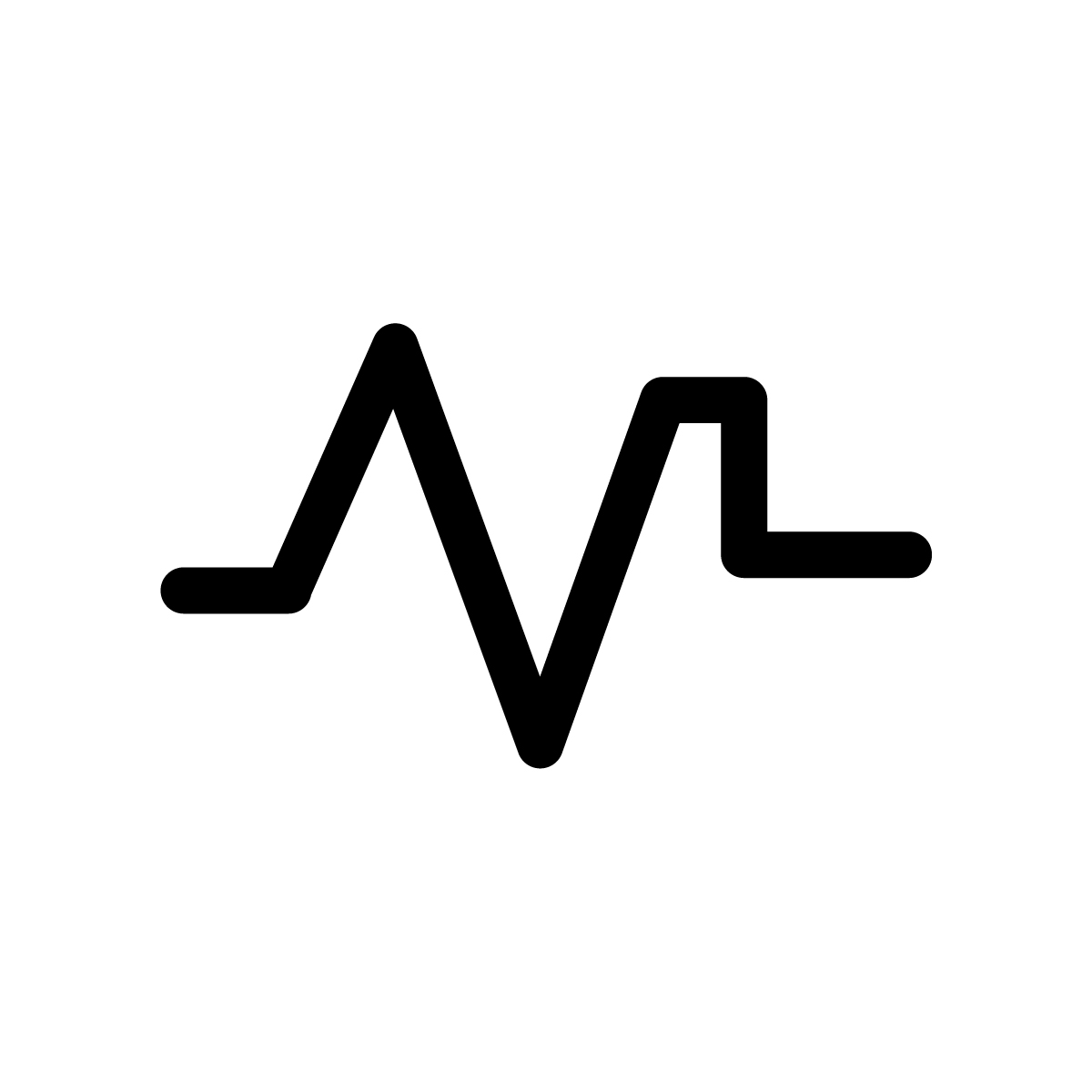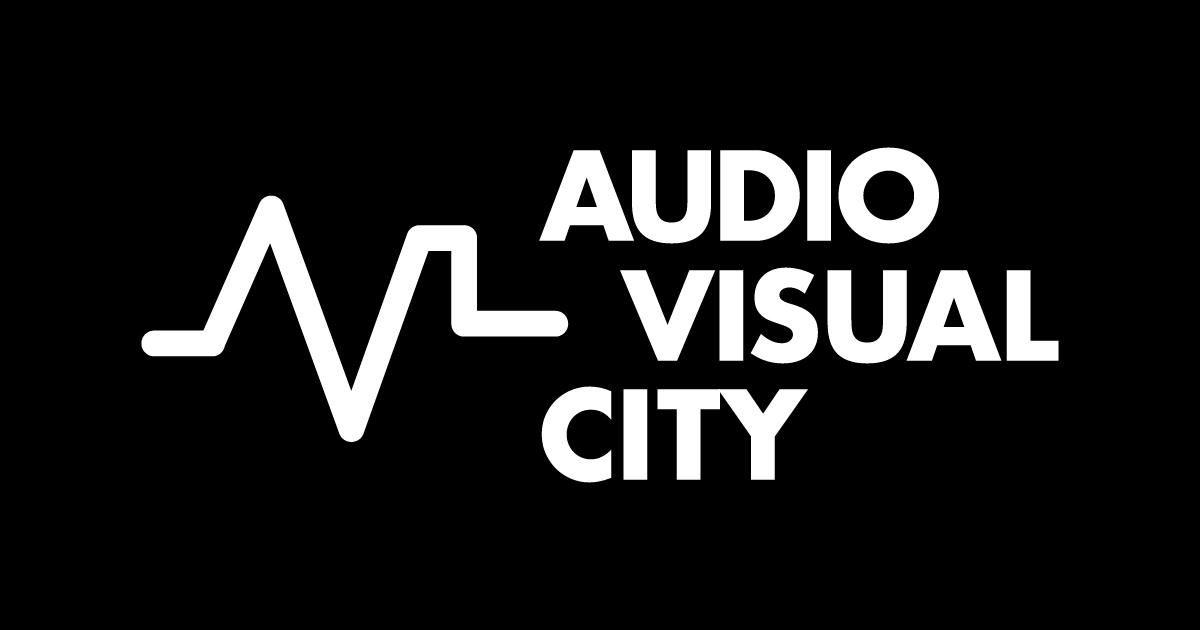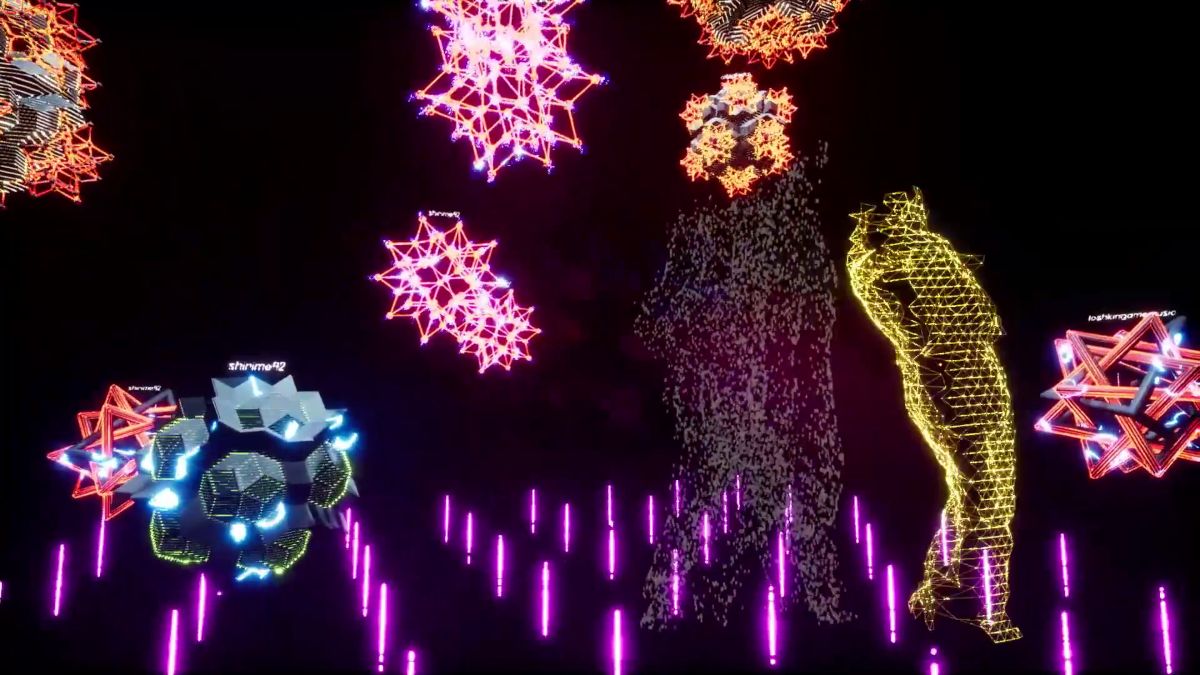Recursion by Kuflex Lab is an interactive live performance combining dance, virtual reality and audiovisual.
We are following closely the experiments of the Russian design studio, who recently created a new interactive AV software called Kusmos Live.
The software has been mainly used within the electronic music environment, enhancing the triangular relationship among DJ, AV artist and audience.
Kuflex Lab has now developed Recursion where dance artist Julia Arsen performed following the music composed by Leksha Yankov, in the unworldly digital space designed by Alexander Polhov.
This complex array of creatives working on Recursion has been outstandingly orchestrated by Kuflex Lab. The performance has been presented at GUM – Red Line Gallery in Moscow for the EverArt Weekend 2020.
The dance performer was captured by depth cameras allowing the coexistence with her digital doppelganger into the virtual Kusmos scene.
The audience in the art gallery was watching the live dance and the virtual show on the screens.
Online viewers on Twitch watched the virtual performance and could release the audiovisual objects into the space, by putting numbers in the chat window. The performer could then interact with those objects.
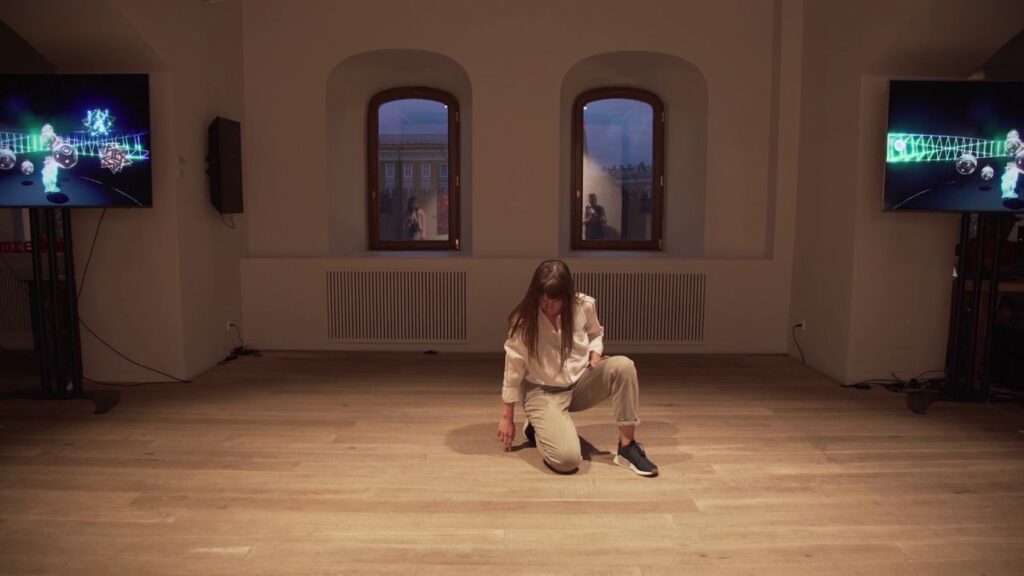
As a result, the performance turned into a synthetic show in mixed reality. We have asked a few questions to the dance performer and stage designer to dig deeper into this cutting-edge multidisciplinary performance.
DANCE ARTIST: Julia Arsen
1. Can you describe the body experience while performing in the physical space and interacting with your digital avatar within the 3D universe?
Actually our idea was to separate us in a way that my analog body would not interact with its digital avatar body.
The only effect that my avatar triggers on my real body is the moments of meeting with sound objects. They exist only on the digital stage, so crashing in digital produces the sound which works both in digital and in real and that is what we both have in common, what we share.
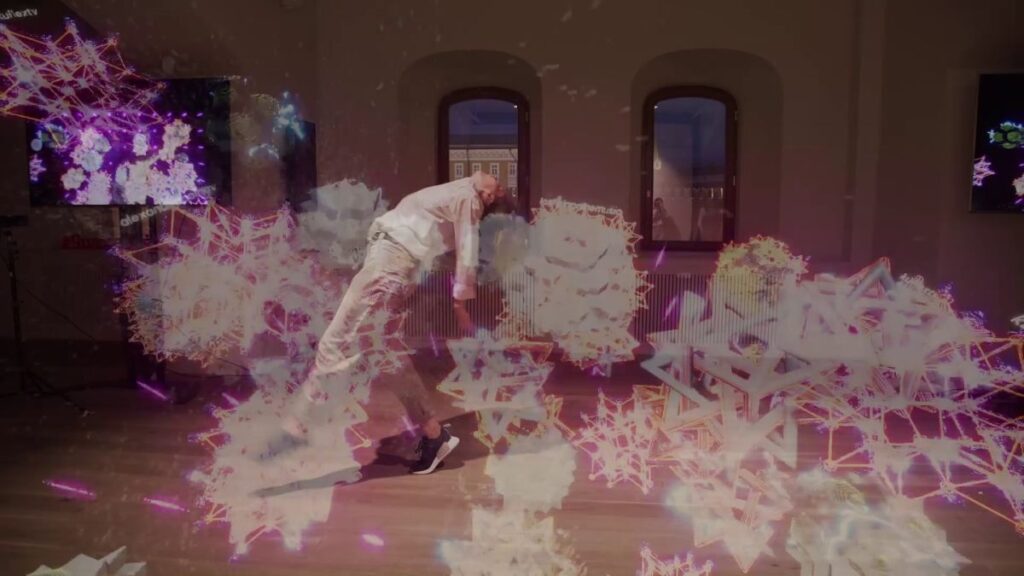
So it was more the audience task to experience the two types of body presence, the digital and the actual one (for the audience in the gallery) and maybe to reflect upon what is more attractive for them: real human emotional journey or beautiful avatar transitions.
2. In your opinion, what kind of innovative creative outcomes can be achieved through VR and augmented reality from a dancer perspective?
The pandemic shows us that we need to find new ways to keep on creating and sharing the outcome with others.
Dance as a performative kind of art is very tricky in this way – when you watch dance or theatre via online platforms we have to compete with film or other video art products.
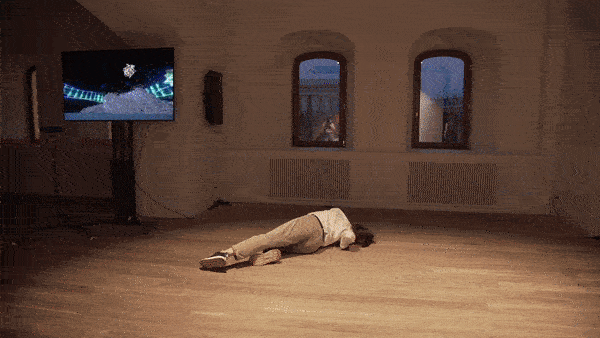
Performative arts need to share space and time with the audience. In the current situations it is impossible to do shows in theatres.
Contemporary dance (post dance especially) is very open to inter-disciplinary collaborations with other art practitioners to enrich art experiences and creative processes.
Therefore I feel that collaborating with digital artists can transport both sides to a new place.
This collaboration can change the understanding of “sharing time and space”. It gives us the opportunity to research a new form of sensuality, which we are already experiencing but we still need to fully understand it.
STAGE DESIGNER: Alexander Polhov
1. Can you tell us about the concept behind the 3D scenario and objects triggered by the users in the “Recursion” piece?
We have chosen to use geometric shapes made by many repetitions of other geometric shapes.
Geometric shapes are, in my opinion, the most human-readable explanation of many mathematical principles. And of course, they are very interesting and beautiful in themselves, so it was very pleasant to work with them.
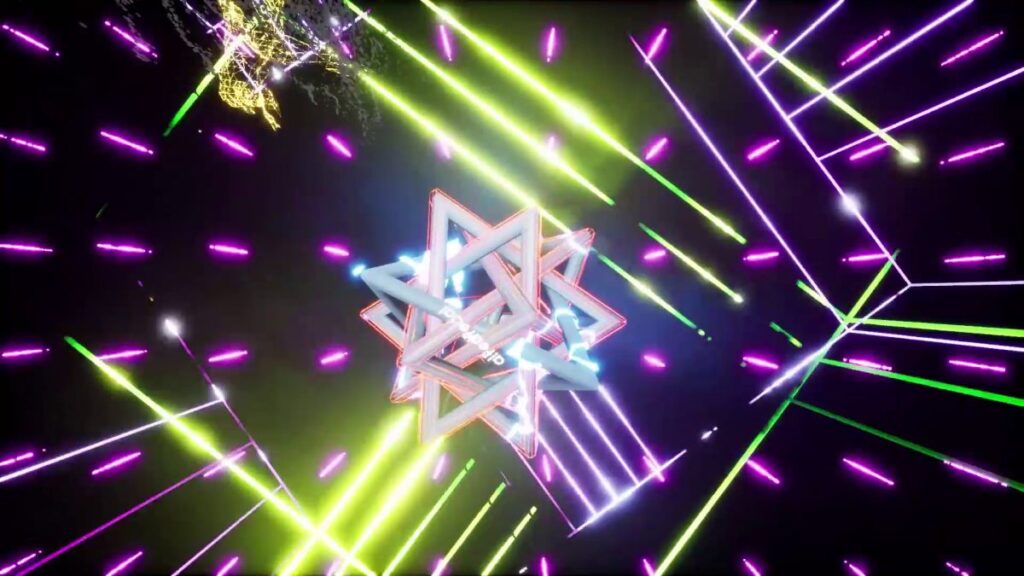
2. What kind of inspirations did you have in mind when building the universes for the dancer to interact with?
The idea was to create mini-scenes. We then duplicated them entirely or partially using snippets. This process was based on some simple mathematical laws. Images that are not achievable in the real world.
We wanted to mix real and digital universe, hinting at a near future where people will struggle to distinguish the two universes.
We are all very close in spirit to the idea of numerous parallel universes, and in a virtual environment we can imagine them, interact with them, influence them, change or be in several universes simultaneously.
What’s next on Kuflex Lab mind? We will wait and see. One thing is for sure: we will be there to cover it!
